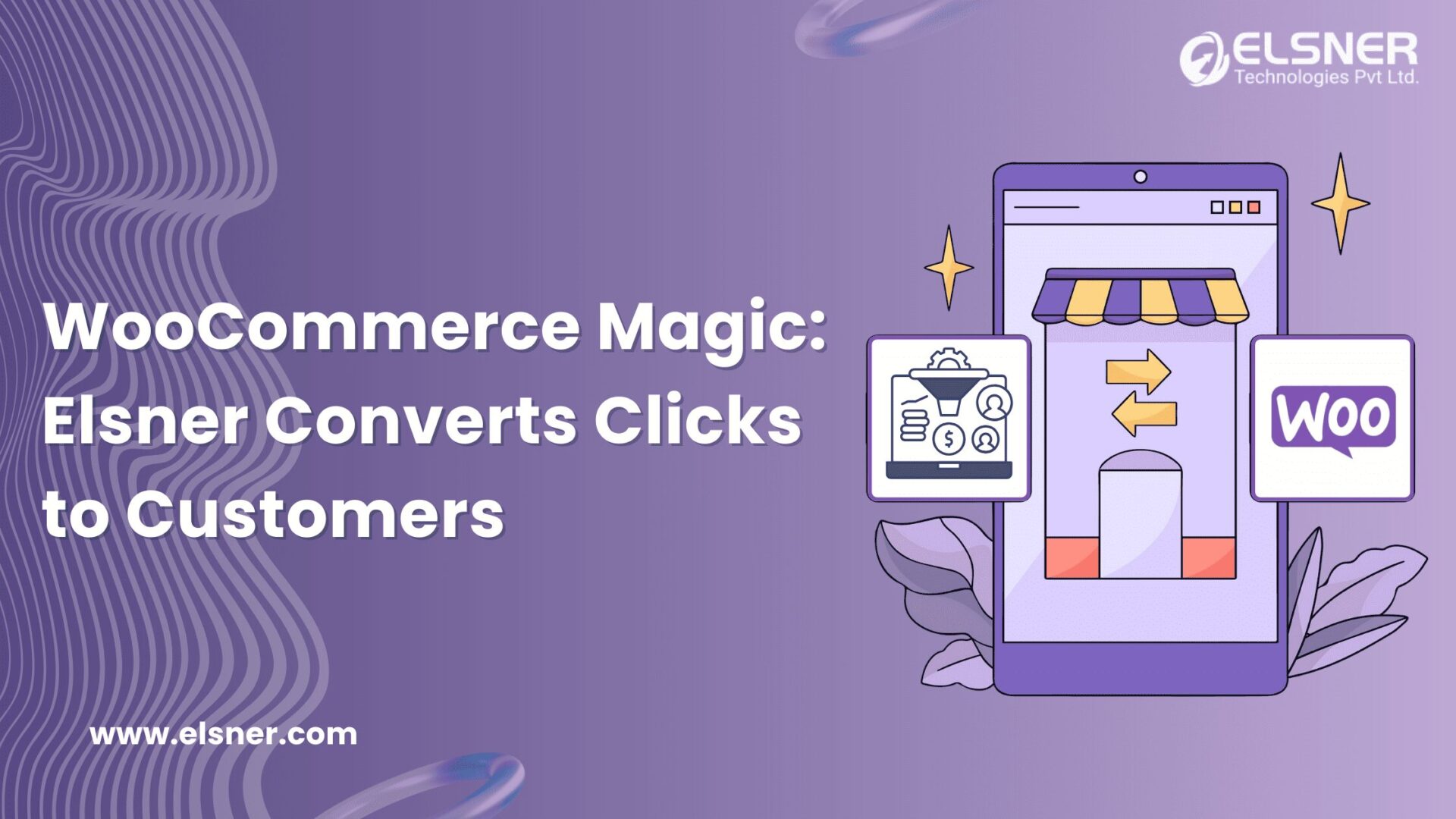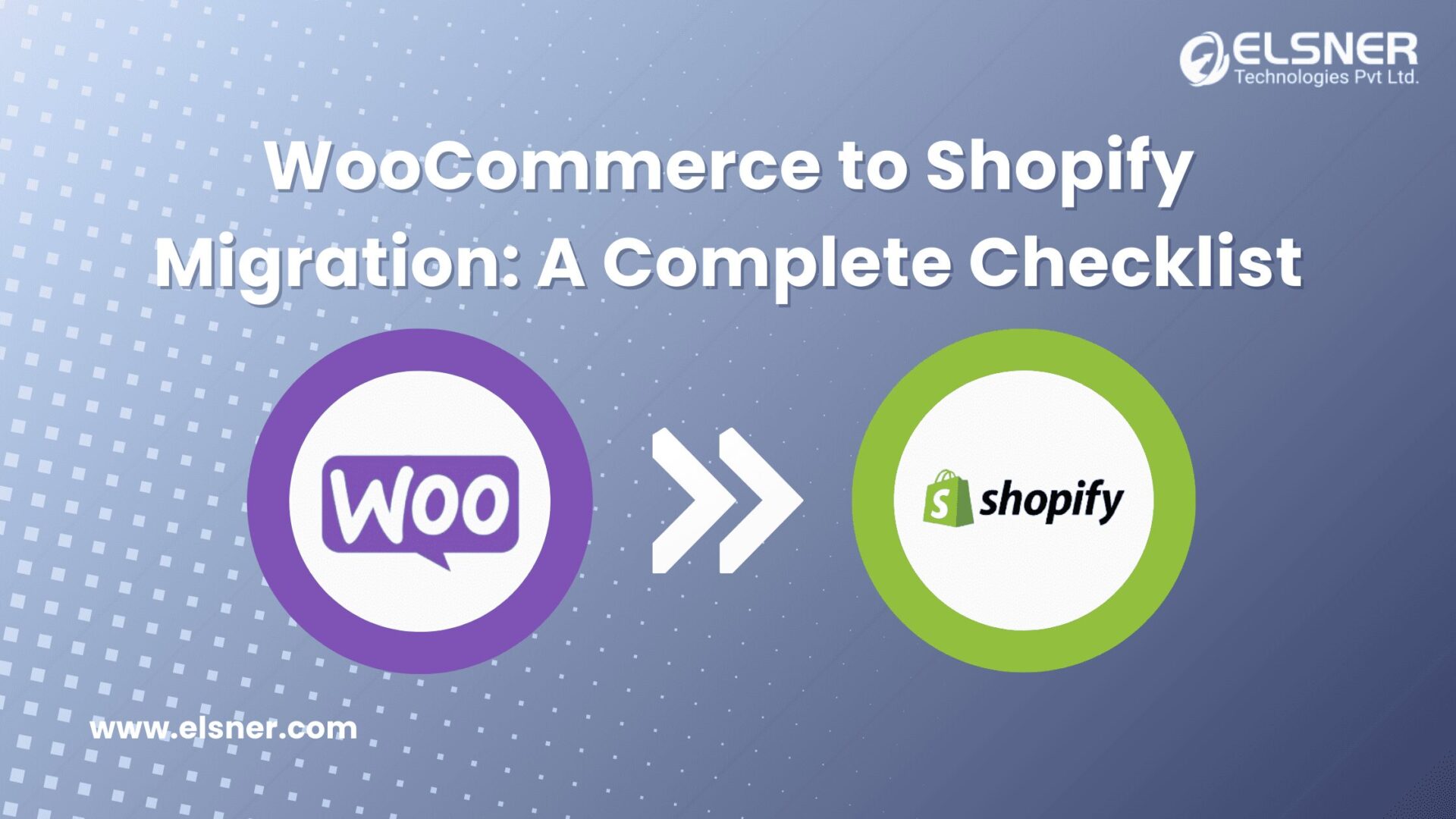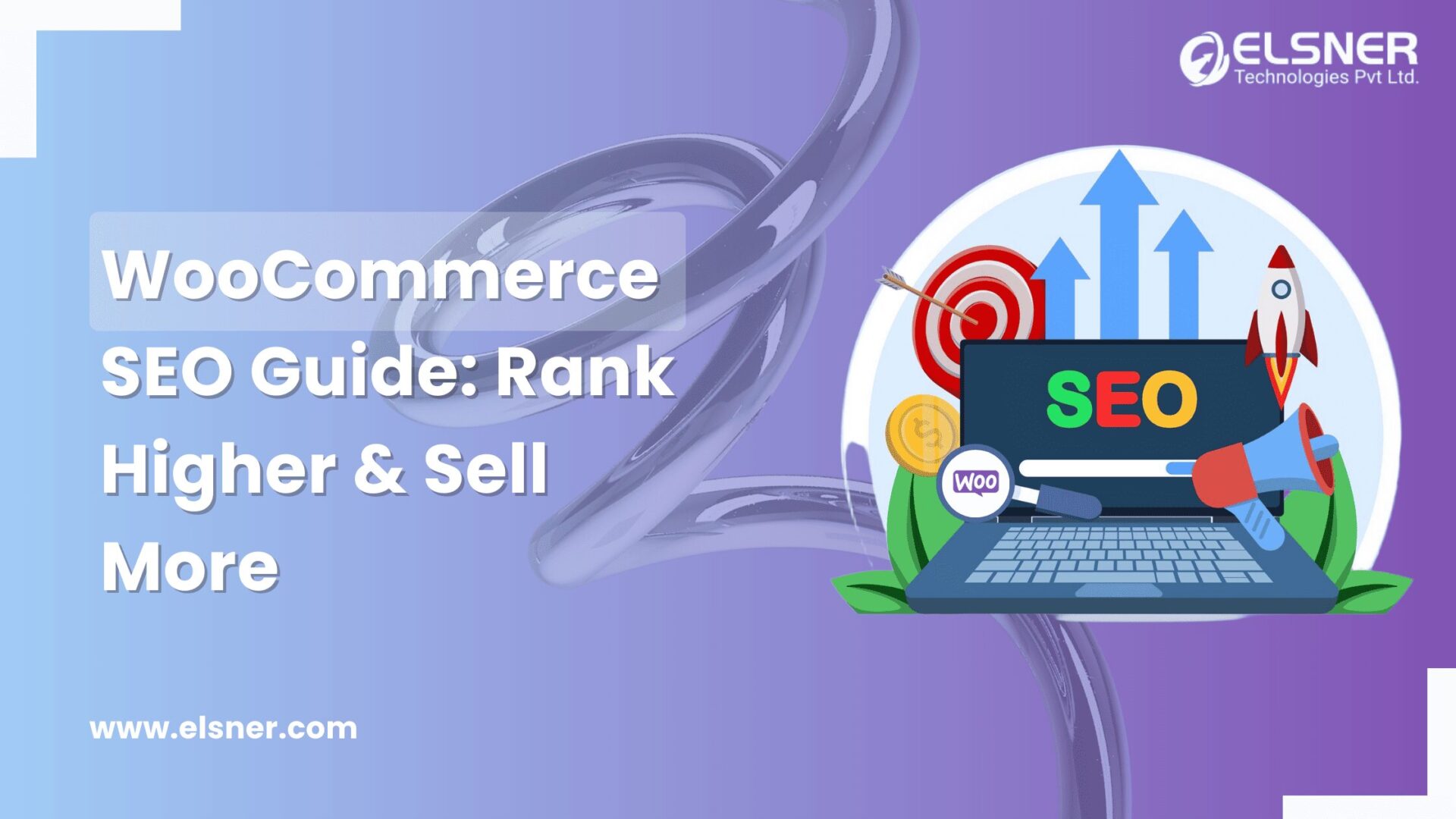- What is WooCommerce REST API?
- What is the WordPress REST API?
- WooCommerce REST API vs WordPress REST API: What are the Major Differences between these?
- A. Functionality
- B. Use Cases
- C. Integration
- Considerations for Choosing Between the Two
- 1. Project Focus:
- 2. Functionality Requirements:
- 3. Scalability:
- 4. Integration Needs:
- 5. User Management:
- 6. Flexibility and Extensibility:
- 7. Development Expertise:
- 8. Future Project Roadmap:
Are you confused about whether to go for WooCommerce development or hire a WordPress developer? If yes, it becomes crucial to understand the major differences existing between WooCommerce REST API and WordPress REST API, which are the two most powerful APIs. Getting well-conversed with this information will assist in making the right choice between these options.
With the continuous evolution of the digital landscape, the choices that we make in web development can considerably impact the success of your e-commerce venture. In this comprehensive blog post, we will explain the differences between two prominent APIs, i.e., WordPress REST API and WooCommerce REST API. So, let’s dive in:
What is WooCommerce REST API?
WooCommerce REST API is known to be a robust and versatile tool that facilitates smooth communication between a WooCommerce-powered online store and external apps. It typically operates on the principles of REST or Representational State Transfer. Thus, it offers a standardised means for various software components to interact with each other over the web.
What is the WordPress REST API?
The WordPress REST API refers to a powerful interface that lets developers establish interaction with and manage WordPress content programmatically. Similar to WooCommerce REST API, it also adopts the principles of REST, which offers a flexible and standardised means for accessing and manipulating data within a WordPress website.
This API has considerably expanded WordPress’s abilities, which helps extend functionality beyond conventional web interfaces.
WooCommerce REST API vs WordPress REST API: What are the Major Differences between these?
Here, we will discuss the main differences between these tools, which you should be aware of. So, let’s find out:
A. Functionality
WooCommerce REST API
- E-commerce Focus: WooCommerce REST API is principally designed for e-commerce functionalities. So, it is known for offering many integral features for effective management of orders, products and customer data within a WooCommerce store.
- Transaction Handling: It offers specific endpoints to handle transactions better, including creating and updating orders. Not only that, but managing carts and processing payments are also a part of it.
- Product Management: The specialized endpoints of WooCommerce REST API facilitate effortless management of product-related operations. Thereby, it allows for easy manipulation of product variations and details.
WordPress REST API
- Content-Centric: WordPress REST API, on the other hand, is more generalised, so it caters to different content management aspects of WordPress. It includes pages, posts, users, taxonomies and media.
- Content Creation and Editing: It enables CRUD operations for posts and other types of content. So, it is ideal for applications where dynamic content creation and editing are important.
- User Management: It is known for providing endpoints for effective management of user information, authorisation and authentication. Thereby, it emphasises the broader user experience that is beyond e-commerce.
B. Use Cases
WooCommerce REST API
- E-commerce Applications: WooCommerce REST API is suitable for building apps centred around e-commerce stores. It is because it offers the required tools for the better management of payments, orders and products.
- Third-Party Integrations: It is best suited for integrating external services and apps with a WooCommerce store. Thereby, it facilitates a seamless ecommerce ecosystem.
- Inventory and Order Management: WooCommerce REST API is designed uniquely to handle tasks related to order fulfillment, inventory management, and e-commerce-specific workflows effectively.
WordPress REST API
- Content-Centric Applications: WordPress REST API, on the contrary, is suitable for apps where the main focus is on content creation, publication, and management. It includes news websites, blogs and content-driven platforms.
- Multifaceted Websites: It fits well with all those sites that tend to possess diverse content types, including pages, articles, taxonomies and custom post types.
- User-Centric Platforms: WordPress REST API is known to be helpful for those platforms where both user authentication and management tend to play a pivotal role. So, it extends beyond the scope of traditional e-commerce.
C. Integration
WooCommerce REST API
- E-commerce Ecosystem: It smoothly integrates with the broader WooCommerce ecosystem, including extensions and plugins specially developed for e-commerce stores.
- Payment Gateways: WooCommerce REST API is well-known for providing integration possibilities with different payment gateways. So, it enables diverse and secure payment options for customers.
- Shipping and Fulfilment: It effectively integrates with shipping and fulfilment services, which helps streamline order fulfilment and logistics processes.
WordPress REST API
- Content Management Systems or CMS: WordPress REST API effectively integrates with different CMS platforms. So, it lets developers develop feature-rich and dynamic sites with varying types of content.
- Frontend Frameworks: It is compatible with frontend frameworks, which facilitates the creation of modern, decoupled web apps that use WordPress as a backend content source.
- User Authentication Services: This tool smoothly integrates with user authentication frameworks and services. Thus, it offers flexibility for secure user access to websites that WordPress powers.
Considerations for Choosing Between the Two

Many vital considerations come into play while selecting between WooCommerce REST API and WordPress REST API. In this case, your decision should align with the specific requirements of your project, its goals and the functionalities you want to achieve. Here are discussed a few important ones that can guide your choice:
1. Project Focus:
- E-commerce Emphasis: If your main goal is to build an e-commerce store focusing on inventory management, products and transactional capabilities, then choosing WooCommerce REST API is a good idea. It is because this tool is specially designed for these commerce functionalities. For best outcomes, all that you need is to opt for professional WooCommerce development services.
- Content Management: If your project revolves around creating, managing and publishing content, then WordPress REST API is considered more suitable as it caters to many different types of content.
2. Functionality Requirements:
- E-commerce Features: Before making any decision, assessing whether your project needs specialised e-commerce features is imperative. Some of these include inventory management, order processing and payment handling. All of these are inherent to WooCommerce REST API.
- Content Management Needs: In case your primary requirements involve the incorporation of content-centric features like creating, updating and organising pages, posts or custom post types, then it is better to go for WordPress REST API. It will offer all the required functionalities.
3. Scalability:
- E-commerce Scaling: You can choose WooCommerce REST API if your main focus is scaling your e-commerce store, particularly regarding orders, products and customer interactions. This tool is specially designed to handle the specific demands of e-commerce scalability.
- Content Scaling: WordPress REST API is known for offering the necessary infrastructure if your project involves managing various types of content and aims for scalability in content creation and publication.
4. Integration Needs:
- WooCommerce Ecosystem: WooCommerce REST API can be a great choice if you have integration needs. It seamlessly integrates with the WooCommerce ecosystem, which includes shipping services, payment gateways and other e-commerce plugins.
- Frontend Frameworks: If your project involves crafting a modern, decoupled architecture with a frontend framework, then it would be a good idea to choose WordPress REST API. It acts as a backend content source, offering much-needed flexibility in front-end development.
5. User Management:
- E-commerce User Roles: If your project entails complex user roles and permissions specific to an e-commerce store, it is suggested to go for the WooCommerce REST API. It offers functionalities for effectively managing customers, roles and authentication related to e-commerce transactions.
- General User Authentication: WordPress REST API is considered suitable for projects where user authentication can be a significant concern but does not revolve around e-commerce-specific roles. This tool comes with robust user management abilities. Make sure to hire WordPress developers to achieve the best-in-class project outcomes.
6. Flexibility and Extensibility:
- Custom Endpoints: Another essential thing to consider is whether you seek the capability to craft custom endpoints for exposing specific functionalities. Both APIs are known for offering extensibility. However, your choice may depend on the level of customisation needed for your project.
7. Development Expertise:
- E-commerce Development: If your development team possesses expertise in e-commerce development and is well-versed with WooCommerce, then using WooCommerce REST API is a good idea. It helps in effectively streamlining the development procedure.
- WordPress Development: WordPress REST API is suitable for projects where the development team possesses versatility in WordPress-centric development and aims for a versatile content management approach as it effectively aligns with that expertise.
8. Future Project Roadmap:
- Long-Term Goals: It is also essential to consider the long-term goals of your project. If you anticipate a transition towards e-commerce or content-centric features, then it is better to align your decision depending on the evolving needs of your project.
Thus, by meticulously assessing these considerations, you can make a well-informed decision that best caters to your project’s specific requirements and goals. Whether you emphasise content management or lean towards e-commerce functionalities, selecting the suitable API will contribute considerably to deciding the success of your development initiatives.
Final Thoughts
As we wrap up this discussion, the choice between these robust tools solely depends on your project’s unique requirements. You can make an effective decision whenever you know your needs well, leading to success. If you want to establish a solid e-commerce venture, relying on WooCommerce REST API can be a good decision. Whereas, if you focus on diverse content types, WordPress REST API can effectively cater to your business objectives.
Hopefully, now you are well equipped with the knowledge that is required to assist you in making informed decisions while choosing and implementing APIs in your projects. So, based on your needs, you can choose to hire a WordPress developer or approach WooCommerce development services.

About Author
Pankaj Sakariya - Delivery Manager
Pankaj is a results-driven professional with a track record of successfully managing high-impact projects. His ability to balance client expectations with operational excellence makes him an invaluable asset. Pankaj is committed to ensuring smooth delivery and exceeding client expectations, with a strong focus on quality and team collaboration.




